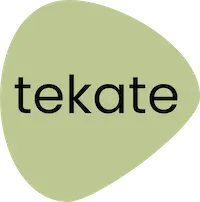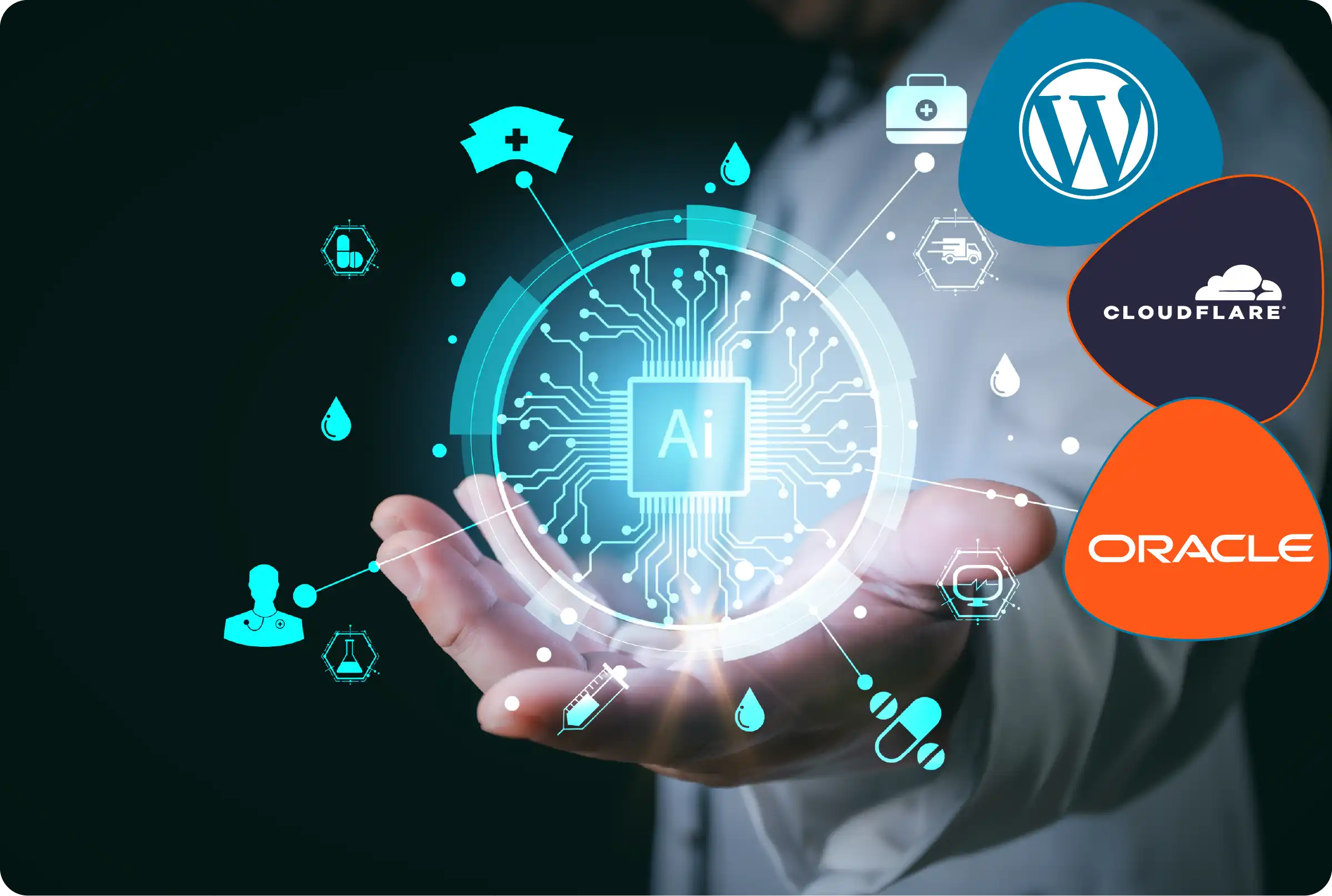Artificial intelligence is everywhere in the headlines. From generative models that write text to algorithms that recommend what we watch, it is often portrayed as revolutionary. Yet in the context of business workflows, the most valuable applications of AI are often far less dramatic — and far more practical.
At Tekate, we use AI not as a headline-grabbing gimmick but as a quiet enabler. The real impact occurs when AI is seamlessly integrated into workflow applications, so naturally that staff barely notice it — they only notice that things run faster, smoother, and with fewer errors.
What AI Is Actually Good At
In workflows, AI excels in a handful of areas:
- Pattern recognition – spotting anomalies in data sets, such as unexpected spikes in costs or unusual client behaviour.
- Prediction – forecasting demand, job scheduling conflicts, or invoice delays.
- Automation – handling routine tasks like classifying enquiries, tagging documents, or generating standard reports.
- Optimisation – suggesting the most efficient routes, resource allocations, or job assignments.
These strengths align neatly with the pain points of many businesses, where time is lost through manual checking, repetitive administrative tasks, or reacting to problems too late.
Real Use Cases in Workflow Software
In practice, we’ve embedded AI into systems in ways that deliver measurable results:
- Predictive scheduling – analysing diaries and historic data to suggest optimal job slots, reducing clashes and last-minute cancellations.
- Anomaly detection in reporting – flagging figures that look unusual, such as sudden drops in revenue or spikes in expenses, before managers even think to ask.
- Smart CRM features – surfacing which clients are most likely to churn, or which leads are most promising, so teams can focus effort where it matters.
- Automated document handling – classifying uploaded files, extracting key data, and linking them to the right project or client record.
- Natural language queries – allowing staff to ask questions of the system in plain English, and get back structured answers drawn from live data.
Each of these features saves minutes or hours per task. Multiplied across an organisation, the gains become significant.
Principles for Designing AI-Enhanced Workflows
AI is not a magic wand. Embedding it effectively requires careful design. We follow several guiding principles:
- Solve the right problem – AI should target bottlenecks that actually cost the business time or money.
- Keep humans in the loop – AI suggests; people make the decisions. This balance avoids blind reliance on opaque algorithms.
- Integrate, don’t bolt on – AI features should sit naturally within the workflow, not as a separate dashboard no one uses.
- Prioritise data quality – algorithms are only as good as the information they learn from. Part of our role is ensuring clean, consistent data flows.
The Challenges and Limits
AI also brings challenges that must be managed:
- Explainability – if a system flags a job as high-risk, users need to understand why. Black-box outputs erode trust.
- Bias – poor or unrepresentative training data can lead to skewed recommendations.
- Overreliance – staff may defer too readily to AI, so workflows must encourage human oversight.
- Maintenance – models drift over time; they need monitoring and retraining to stay useful.
Ignoring these issues risks building fragile systems that undermine trust instead of improving efficiency.
The Future of AI in Workflows
The real future of AI in business software is not dramatic automation replacing humans. It is embedded intelligence: systems that quietly assist, guide, and optimise without demanding attention. In this sense, AI will become less visible, not more.
We already see hints of this direction:
- Predictive inputs that pre-fill forms before users type.
- Automatic alerts that draw attention only when something looks unusual.
- Personalised dashboards that surface the most relevant information for each role.
Over time, these features will feel less like “AI” and more like the natural way modern software should work.
Final Reflection
AI in workflows is most powerful when it is invisible. Staff shouldn’t need to think “I’m using AI” any more than they think “I’m using a database.” They should simply notice that routine tasks are easier, problems are identified earlier, and decisions are informed by better insight.
Moving beyond the hype means recognising AI for what it is: not a revolution in itself, but a tool for making everyday systems faster, smarter, and more human-centric.


Leave a Reply